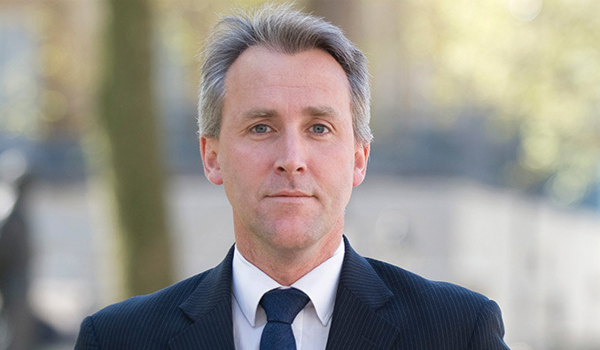Cybercrime threats and challenges
Some 300 cybercrime experts from more than 70 countries, international organisations and the private sector met at the Council of Europe in Strasbourg for its fourth annual conference on cybercrime. The conference highlighted the need to establish a feeling of trust between the public and private stakeholders working to combat cybercrime, money laundering and the financing of terrorism. Police Professional reports.

Some 300 cybercrime experts from more than 70 countries, international organisations and the private sector met at the Council of Europe in Strasbourg for its fourth annual conference on cybercrime. The conference highlighted the need to establish a feeling of trust between the public and private stakeholders working to combat cybercrime, money laundering and the financing of terrorism. Police Professional reports.
Cybercrime today is not carried out by innocent hackers just for the fun of it. It has turned into orga- nised economic crime and with an estimated value of $100 billion annually, it represents a bigger criminal income than illegal drug sales worldwide.
The hidden cost may be even greater. According to security specialists McAfee, data theft and breaches from cybercrime may have cost businesses as much as $1 trillion globally last year in lost intellectual property and expenditure for repairing the damage.
Not only that, but cyber attacks pose the greatest threat to nations after nuclear war and weapons of mass destruction, and according to intelligence experts, theyre increasingly hard to prevent.
In his keynote address at last months Council of Europes Octopus Interface conference on cooperation against cybercrime held in Strasbourg, Michel Quillé, director of Europol, warned that there was an urgent need for European Union member states to share more intelligence and to cooperate more closely. The more information is shared, the easier it is to build an efficient common strategy to properly fight hi-tech crime, he said.
The rapid development of technology has improved the opportunities for criminals, explained Mr Quillé. For computer, cyber and hi-tech crime, the common denominator is the use of technology for criminal activities.
Computers can be used by criminals in two ways: they may be the target of an attack or they may be a facilitating factor in committing crimes.
He said the violation of privacy and the theft of personal and financial data were the main hi-tech crimes. These are:
Hacking
Cracking of passwords
Copyright infringement
Phishing and pharming
Spreading malicious codes and child abuse images
The use of the Internet is the main vehicle in facilitating these criminal activities, said Mr Quillé.
In general terms, criminals engaged in these activities are individuals who are:
Organised to commit crime on the Internet.
Hired by criminal groups to commit crime via Internet.
People who regularly offer their services to the best bidder to commit crime on the Internet.
Scattered cells, spread all over the world, which illegally operate on the Internet.
An important common characteristic is that for them, the Internet creates unique opportunities. Criminal groups are very difficult to trace on the Internet. This is because there are deficiencies in key areas, such as global information about the Internet itself, a common reporting system on Internet crimes, a reporting system for the victims themselves, data retained by the private sector and a common strategy at an international level.
Mr Quillé said that computer crime is an explicitly mandated area for Europol. In addition, he explained, occurrences of hi-tech crime become apparent in all other crime areas within the Europol mandate.
This renders computer crime increasingly horizontal, explained Mr Quillé. Furthermore, hi-tech crime is virtual and thus its completely cross-border. You could say it is borderless.
The current law-enforcement capacity to deal with hi-tech crime throughout the EU is far from homogeneous. There is clearly an asymmetrical development. Some member states are forging ahead with great advances in certain areas. Others are behind in terms of technology. This creates the need to have a centralised service to assist all member states.
This assistance should be focused on coordinating joint activities, promoting the standardisation of approaches and quality and identifying and shari




